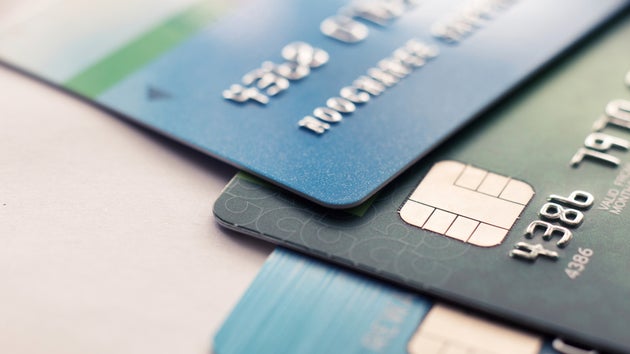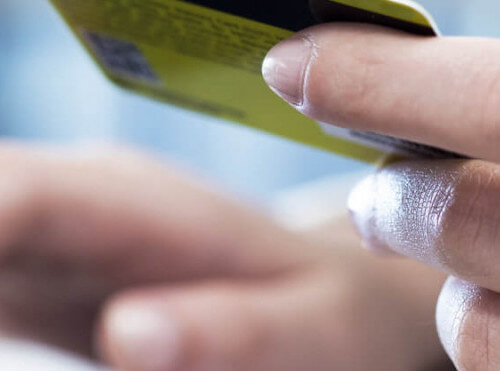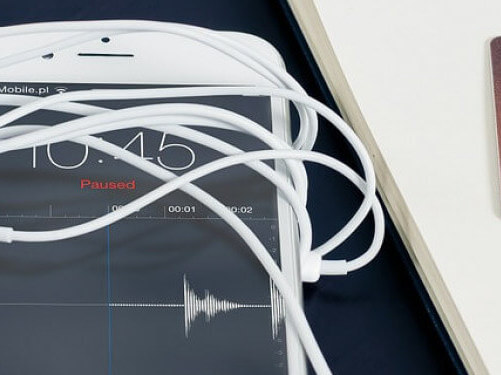Table of Contents
Payment solutions in Argentina
Argentina has a population of 44 million with an Internet penetration of 81% as well as a smartphone penetration of 57%.
Argentinian are highly literate and well-educated. The country's GDP per capita is higher and income distribution more equal than among its neighbors. Argentina's middle class is therefore large and dispose of a good purchasing power. Its consumers are tech-savvy, and the country's past instability has made them eager to get what they want. In comparison with the rest of Latin America, Argentina is producing a massive amount of startups.
In 2017, the Argentinian spent an average of 177$ US per capita on e-commerce, and an average of 3,819$ US per capita through POS devices. The country e-commerce presence is expected to grow rapidly, thanks to a softening in regulations, at a compound annual growth rate of 16% until 2022. It is the fastest growing e-commerce market in Latin America.
Preferred payment methods in Argentina
Argentina used to have a low credit card penetration rate. However, it is now the most frequently used payment method. The giant Visa and MasterCard respectively control 59% and 23% of the card market. Local credit card schemes account for 8% of the market. Merchants should also consider offering the Argentinan cards Tarjeta Naranja (5%) and Cabal (2%). Much like Brazil, most credit cards in the country are domestic credit card, which are not enabled for international purchases.
It is important to note that payment by instalments are very popular, with 7-12 instalments plans being preferred. Popular other payment providers in Argentina are Rapipago, Pagofacil, Mobiamo, MINT and Bank Transfer Argentina.
Mobile Wallet
In 2017, 22% of all Argentinian e-commerce transactions were paid for using mobile wallets. These were used for 4% of point of sale transactions.
Cross-border commerce
Argentina is ranked 45th in the global export ranking. The largest export destinations are Brazil, China, the USA, Chile and India. The top import countries are Brazil, China, the USA, Germany and Mexico.
International e-commerce merchants will find it difficult to enter the Argentinian market. The biggest challenge is to collect payments, as 79% of all e-commerce sales are made with local payment methods. Investing in a local entity is risky, as Argentinian politics are unpredictable. Furthermore, inflation, corruption and one of the world’s highest corporate tax rates often discourage international merchants. As a result, 93% of Argentinian e-commerce is domestic.
Hurdles and regulations affecting e-commerce
The populist government of the Kirchners has been imposing severe restrictions on currency exchange. The Blue rate, Argentina’s unofficial and illegal exchange rate, is a direct consequence of this. It is usually roughly 30% better than the Pesos, although the lack of regulation means that it can vary greatly. One also risks getting forged notes.
Restrictions and regulations
Other restrictions affected e-commerce greatly. It was rumored that the central bank was block cross-border credit cards transactions when reserves were low. A new measure imposed that international parcel be picked up in person from a few designated locations. Furthermore, delivery time, at an average of 1 week, is slow and inconvenient. Since December 2013 new regulations have been introduced in Argentina, according to which resident foreigners cannot pay tourism services (for example, package tours, flight tickets, hotel overnight stays) in Pesos. The same year, a 35% tax was imposed on cross-border credit card transactions.
In these conditions, many citizens traveled to Uruguay to exchange money or buy goods that were locally unavailable. In recent years, however, in an attempt to normalize the national economy, the government has been trying to relax some restrictions (namely the tax applying to credit cards transactions). These regulations had put a huge strain on exports and imports.
TOP 5 PAYMENT METHODS
- Credit card 27%Desktop
- E-wallets 22%Desktop
- Bank transfer 14%Desktop
- Debit card 10%Desktop
- Charge debit card 8%Desktop
E-COMMERCE SALES IN 2017
- Desktop 64%Desktop
- Mobile 26%Desktop
- 11 Bil. USD
OTHERS
- Population: 44 Mil.Desktop
- Internet Usage: 81%Desktop










